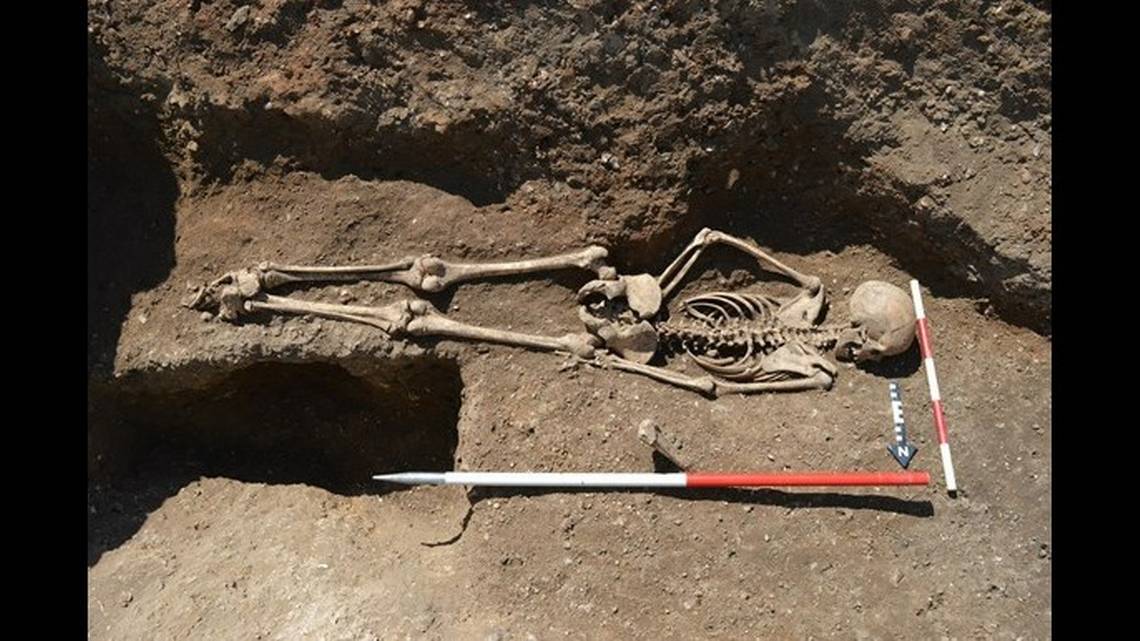- Feb 5, 2002
- 21,140
- 5,630
- 63
- Country
- United States
- Faith
- Catholic
- Marital Status
- Married
- Politics
- US-Others
*I* can tell you why: it means that they thought she was a vampire. The bound ankles prevented the corpse from walking, and burial face-down meant the corpse couldn't "rise"----it would sink down into the earth instead. It's in all of the literature of the period. These guys might be pretty good at archeological forensics, but evidently they don't know diddly-squat about Medieval folklore.


 www.yahoo.com
www.yahoo.com

article said:Archaeologists said the girl was buried face down, and evidence suggests that her ankles were bound. Now they have a theory explaining why.
The girl’s face down burial “marks this young woman out as different,” experts said. “We will probably never know exactly how this young woman was viewed by the community she grew up in, but the way she was buried tells us she was almost certainly seen as different.”
Medieval teen girl found buried face down with ankles tied. Experts have a theory why
Researchers said the UK burial is an “interesting, albeit tragic” look into medieval life.
